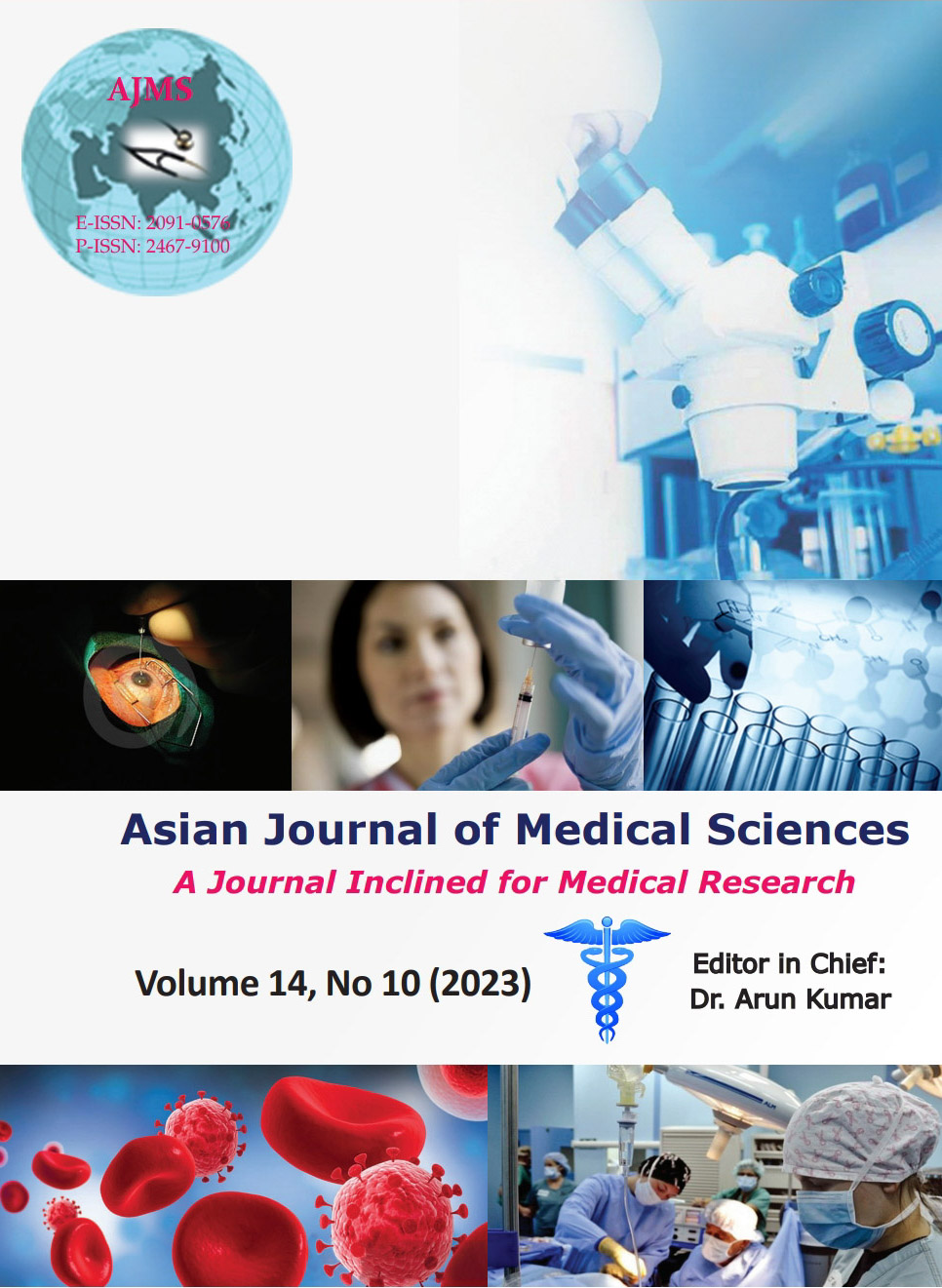Anesthetic efficacy and safety of ropivacaine 0.75% versus bupivacaine 0.5% for spinal anesthesia in patients undergoing lower limb orthopedic surgery
Keywords:
Hyperbaric ropivacaine; Hyperbaric bupivacaine; Lower limb orthopaedic surgeryAbstract
Background: Ropivacaine, a new amino-amide local anesthetic agent, is similar in chemical structure to bupivacaine. The low solubility of ropivacaine leads to greater sensory-motor differentiation by blocking sensory nerve fiber more readily than motor nervefibers. Early recovery of motor function is associated with decreased incidence of venous thromboembolism and early mobilization.
Aims and Objectives: The present study aimed to compare the anesthetic efficacy and safety of hyperbaric ropivacaine 0.75% with hyperbaric bupivacaine 0.5% in spinal anesthesia in patients undergoing lower limb orthopedic surgery.
Materials and Methods: A total of 60 patients aged between 18 and 60 years of either sex, ASA I and II, undergoing elective lower limb orthopedic surgery were randomly divided into two groups, ropivacaine (R) and bupivacaine (B) group. Group R received 3 mL of 0.75% hyperbaric ropivacaine and group B received 3 mL 0.5% hyperbaric bupivacaine intrathecally. The efficacy in terms of onset and duration of anesthesia, quality of anesthesia, and hemodynamic and safety in terms of complications were noted.
Results: Group R produced faster onset of sensory block (ropivacaine 2.6±0.53 min; bupivacaine 3±0.56 min; P<0.006) and the mean duration of sensory block was significantly lesser compared to Group B (Ropivacaine 121.16±7.73 min; Bupivacaine 180.34±11.56 min; P<0.0001). Patients in Group R has significantly more rapid recovery of a motor blockade than Group B (ropivacaine 149.5±8.64 min; bupivacaine 210.17±13.19 min; P<0.0001).
Conclusion: Hyperbaric ropivacaine 0.75% was found to be a comparable alternative to hyperbaric bupivacaine 0.5% in patients undergoing lower limb orthopedic surgery.
Downloads
Downloads
Published
How to Cite
Issue
Section
License
Copyright (c) 2023 Asian Journal of Medical Sciences

This work is licensed under a Creative Commons Attribution-NonCommercial 4.0 International License.
Authors who publish with this journal agree to the following terms:
- The journal holds copyright and publishes the work under a Creative Commons CC-BY-NC license that permits use, distribution and reprduction in any medium, provided the original work is properly cited and is not used for commercial purposes. The journal should be recognised as the original publisher of this work.
- Authors are able to enter into separate, additional contractual arrangements for the non-exclusive distribution of the journal's published version of the work (e.g., post it to an institutional repository or publish it in a book), with an acknowledgement of its initial publication in this journal.
- Authors are permitted and encouraged to post their work online (e.g., in institutional repositories or on their website) prior to and during the submission process, as it can lead to productive exchanges, as well as earlier and greater citation of published work (See The Effect of Open Access).




